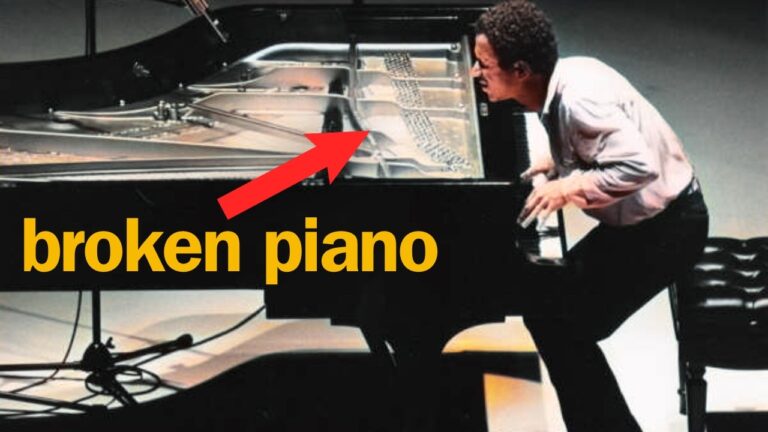|
A Simple, Down-to-Earth Christmas Card from the Great Depression (1933), How Medieval Islamic Engineering Brought Water to the Alhambra ͏ ͏ ͏ ͏ ͏ ͏ ͏ ͏ ͏ ͏ ͏ ͏ ͏ ͏ ͏ ͏ ͏ ͏ ͏ ͏ ͏ ͏ ͏ ͏ ͏ ͏ ͏ ͏ ͏ ͏ ͏ ͏ ͏ ͏ ͏ ͏ ͏ ͏ ͏ ͏ ͏ ͏ ͏ ͏ ͏ ͏ ͏ ͏ ͏ ͏ ͏ ͏ ͏ ͏ ͏ ͏ ͏ ͏ ͏ ͏ ͏ ͏ ͏ ͏ ͏
|
| |

|
Nearly fifty years ago, the celebrated young pianist Keith Jarrett arrived in the West German city of Köln (better known in English as Cologne). Having just come off a 500-mile-long road trip from Switzerland, where he’d played a concert the previous day, he was left with barely any time to recover before going onstage…
|
|
|
|
| |

|
The Smithsonian sets the scene for this Christmas card sent in 1933, a few years into the Great Depression. They write:
Despite the glum economic situation, the Pinero family used a brown paper bag to fashion an inexpensive holiday greeting card. They penned a clever…
|
|
|
|
| |

|
Between 711 and 1492, much of the Iberian Peninsula, including modern-day Spain, was under Muslim rule. Not that it was easy to hold on to the place for that length of time: after the fall of Toledo in 1085, Al-Andalus, as the territory was called, continued to lose cities over the subsequent centuries. Córdoba…
|
|
|
|
| |

|
We all know about the Titanic. Less often do we hear about the Britannic—the sister passenger liner that the British turned into a hospital ship during World War I. Launched in 1914, two years after the Titanic sank in the North Atlantic Ocean, the Britannic featured a number of safety improvements. It had enhanced…
|
|
|
|